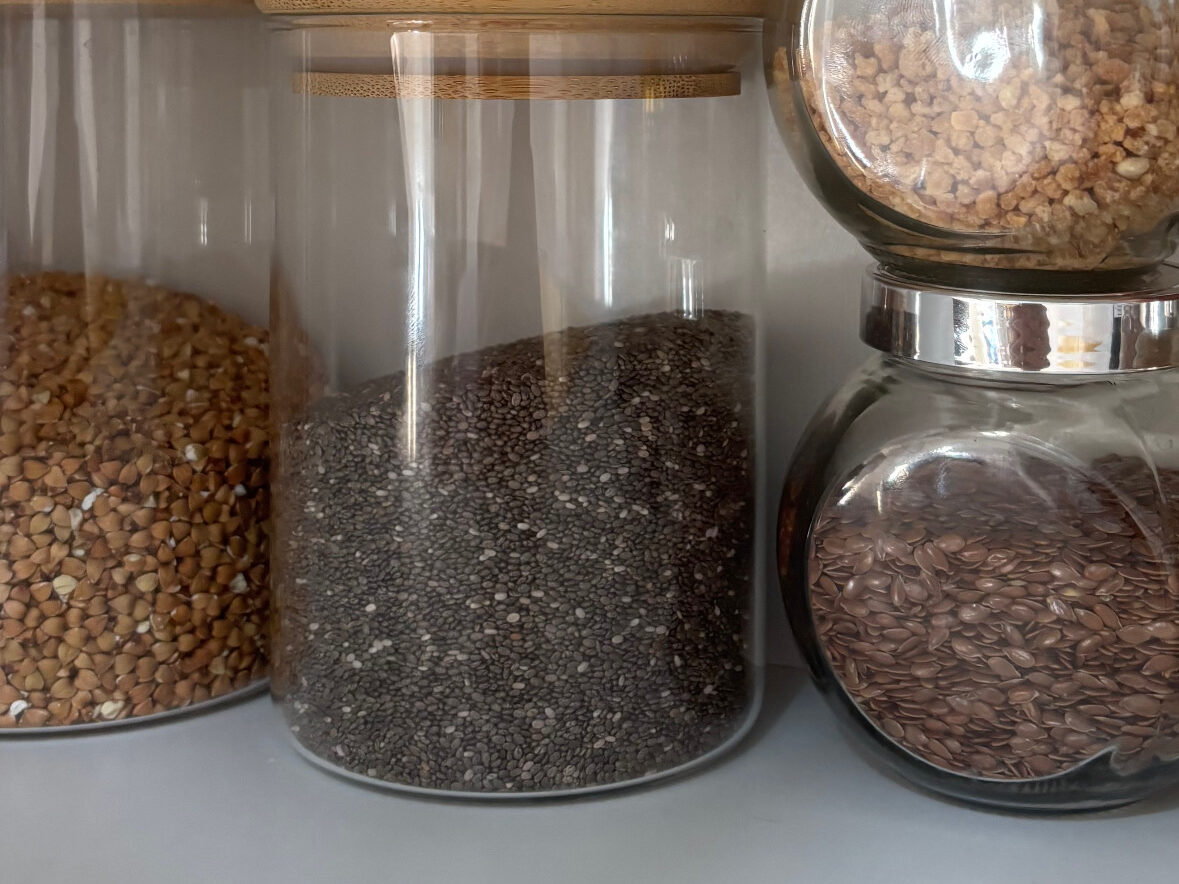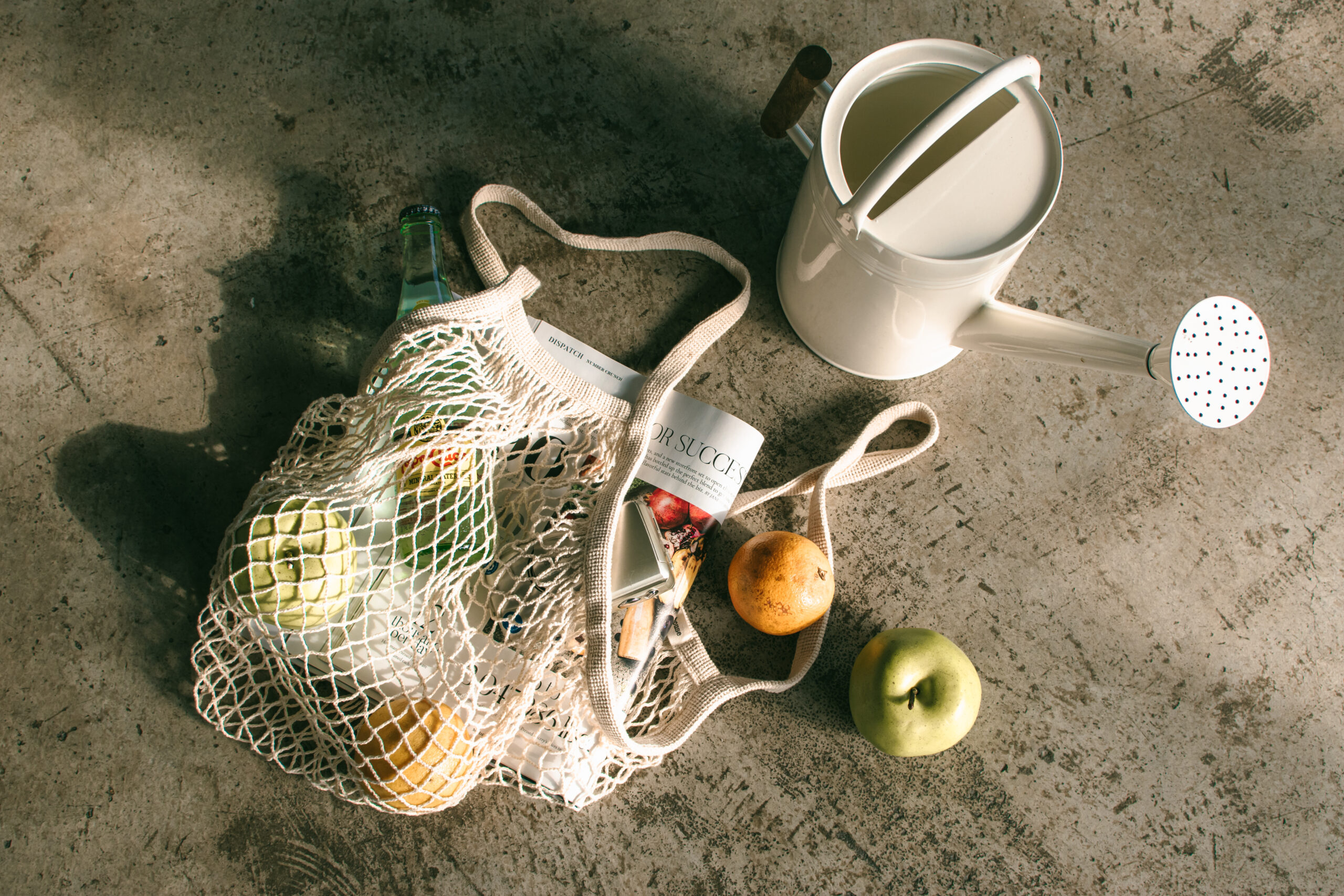- Seed cycling is a popular protocol that pairs specific seeds with phases of the menstrual cycle in an attempt to support hormone balance naturally.
- It’s especially buzzy in wellness spaces on Instagram and TikTok, where it’s often framed as a gentle way to ease PMS, support fertility, and regulate periods.
- But not everyone is sold. While some swear by it, others question whether it’s science or just another wellness trend dressed up as a cure-all.
- In this post, we’re breaking down what seed cycling is, how it’s supposed to work, what the current research says (and doesn’t), and how to approach it responsibly if you’re curious.
- If you’re looking for evidence-based insights on hormone health without falling for influencer hype, you’re in the right place.

What Is Seed Cycling? Understanding the Basics
Seed cycling is a food-based practice that involves rotating specific types of seeds throughout the menstrual cycle. The typical protocol looks like this:
- Follicular phase (Day 1–14): 1 tablespoon each of ground flax and pumpkin seeds daily
- Luteal phase (Day 15–28 or until your next period): 1 tablespoon each of ground sesame and sunflower seeds daily
The theory is that the nutrients in these seeds—like lignans, zinc, and selenium—can gently support the natural rise and fall of estrogen and progesterone across the cycle.
Seed cycling has gained traction among functional medicine practitioners and wellness influencers alike, largely because it offers a food-first, low-risk approach to something many people are struggling with: hormone symptoms like PMS, acne, mood swings, and irregular periods.
But is it legit?
Is It All Hype? Common Misconceptions About Seed Cycling
Here’s where things get murky.
Seed cycling is often marketed as a natural fix for everything from painful periods to PCOS to infertility. But that’s not how physiology—or evidence—works.
Let’s get clear:
- “Natural” doesn’t automatically mean effective (or safe).
- A food being nutrient-dense doesn’t mean it will override complex hormone pathways.
- And no, TikTok is not a substitute for peer-reviewed clinical trials.
It’s true that some people feel better after incorporating seed cycling—but that doesn’t prove causation. Maybe they were low in fiber or healthy fats before. Maybe the act of paying attention to their body improved their symptoms. Maybe it’s placebo. The point is: we can hold space for possibility without overstating proof.
The Role of Phytoestrogens, Lignans, and Nutrients in Seeds
Now, to the science-y stuff. Here’s what we do know:
- Flaxseeds are rich in lignans, which are phytoestrogens—plant compounds that can weakly bind to estrogen receptors. In some cases, this may help modulate estrogen levels, especially in estrogen-dominant states.
- Pumpkin seeds are high in zinc, a mineral that plays a role in progesterone production.
- Sunflower seeds provide vitamin E and selenium, both of which support detoxification and antioxidant defense, which may influence hormone metabolism.
- Sesame seeds contain both lignans and fatty acids that could theoretically support hormonal shifts in the luteal phase.
There is some preliminary research showing that flaxseed, for example, can positively affect menstrual cycle length and ovulation regularity (Khani et al., 2014). But to be clear: no high-quality, randomized studies have directly evaluated the full seed cycling protocol.
The nutrients in these seeds could support hormone health—but we can’t say for sure that rotating them is more effective than simply including them regularly in a nutrient-dense diet.
The Pitfalls: Common Mistakes People Make With Seed Cycling
Here’s where even well-meaning attempts at seed cycling can go sideways:
- Not understanding your own cycle: If your cycle is irregular or you’re not tracking ovulation, it’s easy to mistime the protocol.
- Using it as a fix-all: Hormone symptoms are multi-factorial. Seed cycling won’t override poor sleep, high stress, or under-eating.
- Using the wrong form: Whole seeds often pass through undigested—ground seeds are key for absorption.
- Expecting magic: This is not a quick fix. If there’s a deficiency or imbalance, it may take months of consistency to notice changes—if any.
How to Try Seed Cycling Responsibly (If You’re Curious)
If you’re intrigued and want to experiment, here’s how to do it smartly:
- Track your cycle first—use an app or basal body temperature to identify your follicular and luteal phases.
- Use high-quality seeds, preferably organic, and store them in the fridge or freezer to prevent rancidity.
- Grind them fresh (a coffee grinder works great) to maximize bioavailability.
- Pair the protocol with bigger-picture hormone support: balanced blood sugar, consistent meals, adequate protein and fat, daily movement, and stress reduction.
- Check in with a pro—especially if you have hormone-sensitive conditions (like endometriosis or PCOS) or are on medications or birth control.
How to Know If It’s Working: Subtle Signs of Progress
If you’re tracking changes, here’s what to watch for over 2–3 cycles:
- More regular periods or improved cycle length
- Reduced PMS (less bloating, irritability, breast tenderness)
- Smoother mood and energy shifts
- Clearer skin or fewer hormonal breakouts
Keep a journal or use your tracking app’s notes section. It helps to connect the dots and avoid overly relying on memory (which is notoriously bad when it comes to symptom recall).
Just know—results vary. What works for one person might do nothing for another. That doesn’t mean you did it “wrong,” it just means your body has different needs.
Seed Cycling FAQs
Can men or postmenopausal women benefit from seed cycling?
Not in the same cycle-based way—but these seeds still offer essential fats, fiber, and micronutrients that can support prostate health, mood, and metabolic function. The protocol itself isn’t necessary outside of a cycling body, but the seeds are still nutrient-dense.
Is there any clinical research specifically on seed cycling?
Not yet. There are studies on individual seeds—flax in particular—that suggest benefits for hormone modulation, menstrual health, and even breast cancer risk. But the specific rotation strategy hasn’t been studied in humans.
Can seed cycling interfere with medications or hormone therapies?
Potentially. Phytoestrogens can affect estrogen pathways, so it’s best to talk to your healthcare provider if you’re on hormone replacement therapy or managing hormone-sensitive conditions like breast cancer, PCOS, or thyroid issues.
Final Thoughts: Should You Try Seed Cycling?
Seed cycling isn’t magic—but it’s not nonsense, either.
There’s no slam-dunk evidence that rotating seeds in a specific pattern will balance hormones, but there’s enough nutritional value and low risk that—when done thoughtfully—it can be part of a supportive routine.
It’s not about blind belief or knee-jerk skepticism. It’s about informed curiosity.
If you’re drawn to seed cycling, go for it. Just do it with realistic expectations, attention to your body’s signals, and the broader context of your nutrition, stress, and lifestyle patterns.





Read the Comments +